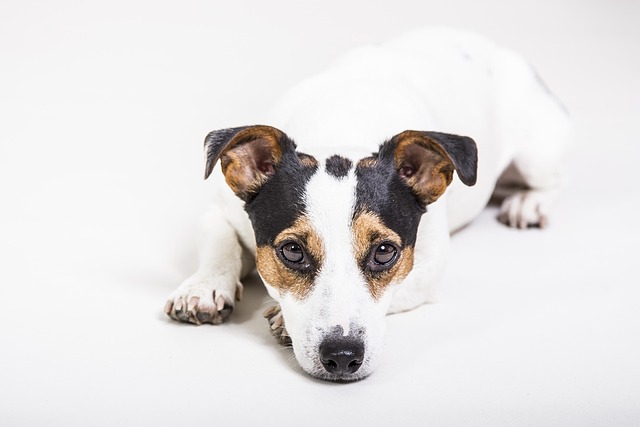
What is glaucoma in a dog?
You might notice your dog squinting more at mealtime or avoiding bright sunlight—these small changes could be early signs of a serious eye condition.
A dog’s wagging tail and wet nose bring so much joy, but maintaining their health is a constant responsibility. Among the many health concerns, kidney infections can silently damage your furry friend’s well-being. Catching these infections early is crucial, but prevention is even better. Understanding how to safeguard your dog’s kidneys means more tail wags and fewer vet visits down the road.
Kidney infections in dogs often start with bacteria traveling through the urinary tract. Dogs with weakened immune systems, diabetes, or bladder stones are at higher risk. Even simple things like holding pee for too long can create an ideal environment for bacteria to multiply. Since kidney issues don’t always show obvious symptoms until they’re advanced, it’s essential to be proactive.
First and foremost, keep your dog hydrated. Fresh, clean water should be available at all times. Dehydration thickens urine, allowing bacteria to cling to the urinary tract walls. If your dog isn’t drinking enough, try adding a bit of low-sodium chicken broth to their water bowl or invest in a pet fountain, which many dogs find more appealing.
 Diet plays a massive role in kidney health. High-quality dog food formulated for their life stage—puppy, adult, or senior—helps maintain proper kidney function. Avoid overfeeding treats high in sodium or artificial additives. For dogs prone to kidney issues, consult your vet about prescription diets that reduce the kidneys’ workload. Remember, always follow local regulations regarding pet food ingredients and feeding guidelines.
Diet plays a massive role in kidney health. High-quality dog food formulated for their life stage—puppy, adult, or senior—helps maintain proper kidney function. Avoid overfeeding treats high in sodium or artificial additives. For dogs prone to kidney issues, consult your vet about prescription diets that reduce the kidneys’ workload. Remember, always follow local regulations regarding pet food ingredients and feeding guidelines.
Maintaining good hygiene is another key factor. For female dogs, wiping the genital area gently after urination can reduce bacteria entry. Ensure your dog’s living space stays clean, especially their bedding and the area where they relieve themselves. Regular grooming, including cleaning paws after walks, helps prevent bacteria from hitching a ride into their systems.
Regular veterinary check-ups are non-negotiable. Annual blood and urine tests can detect early signs of kidney problems. Vaccinations protect against diseases that may lead to kidney infections. Keep your dog’s parasite control up to date, too, as worms and ticks can compromise the immune system and increase infection risk. Stay informed about local pet health regulations regarding vaccinations and parasite prevention.
Exercise is vital for overall health, including kidney function. A sedentary lifestyle can slow down bodily processes, allowing toxins to build up. Aim for daily walks or play sessions tailored to your dog’s breed and energy level. Just make sure to follow local leash laws and park regulations to keep both your dog and others safe.
In a nutshell, preventing kidney infections in dogs comes down to a combination of proper hydration, balanced nutrition, good hygiene, regular vet care, and appropriate exercise. By staying vigilant and making these steps part of your routine, you’re giving your four-legged family member the best chance at a long, healthy life. After all, those slobbery kisses and warm cuddles are worth every bit of effort.

You might notice your dog squinting more at mealtime or avoiding bright sunlight—these small changes could be early signs of a serious eye condition.

Let’s set the scene: It’s a sweltering Phoenix afternoon—105°F outside—and you rushed your 2-year-old Lab mix, Cooper, on a quick walk to “get it over with.”

Let’s get real: You’re in your Miami apartment, watching your 3-year-old Corgi, Loki, struggle to climb the stairs to your second-floor unit.

Many dog owners brush off occasional scratching as just “dog behavior,” but persistent itching often signals something more—like a food allergy.

You might first notice your dog scratching more than usual—chewing at their paws until the fur looks thin, or rubbing their face against the couch nonstop.

Let’s be real: You’re standing in your Chicago apartment, watching your 3-year-old Beagle, Max, huff and puff just to climb onto the couch.